Welcome to the 2014 Rotorcraft Buyer’s Guide. Helicopters and gyroplanes are aircraft that hold a lot of intrigue to most aviators. Most pilots have at least considered flying rotorcraft, but never explore the idea completely. That seems to be because most pilots and builders live in something of an airplane comfort zone. If you are a typical pilot, then airplanes are everywhere. Well, at least everywhere at the airport and fly-ins. Rotorcraft, not so much. That means that a lot of the benefits and fun to be had with the breed are coupled with mysteries. How do they work? What are the physics? Aren’t there an awful lot of moving parts? And the big one, “Aren’t they dangerous?”
This year our guide is dedicated to those big questions. That’s because before you can fly a rotorcraft and—I will argue—before you can shop for a rotorcraft or rotorcraft kit, you should learn to fly a rotorcraft. After all, learning to fly or building an aircraft are both big commitments. If you want to fly a new gyroplane or a new and (relatively) inexpensive helicopter, you are going to have to achieve both goals if you haven’t already.
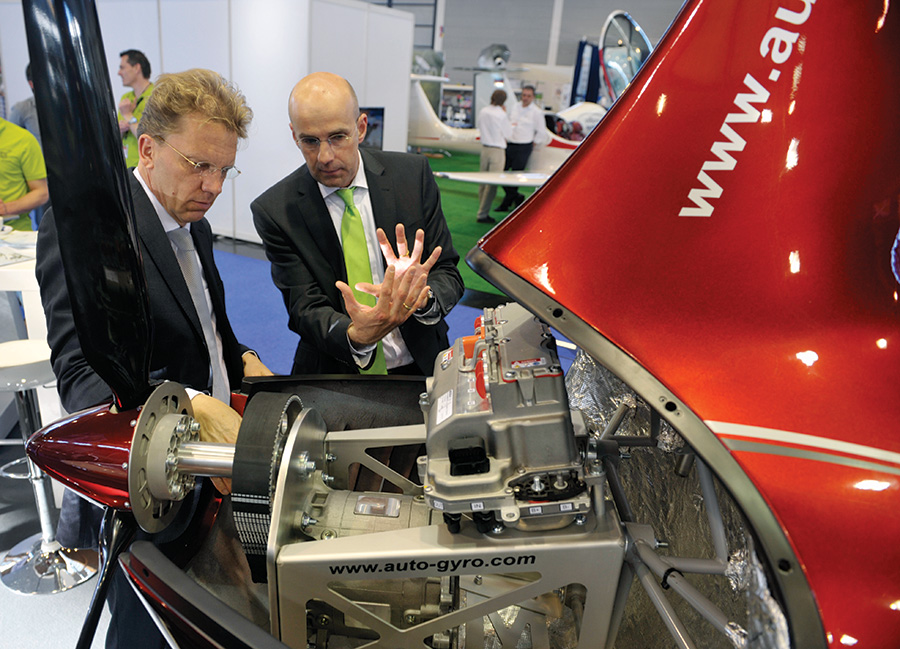
Electric gryoplanes? Yes indeed. Rotorcraft are power-hungry aircraft, which makes electric power systems all the more challenging. Nevertheless, AutoGyro GmbH (imported by AutoGyro USA) showed a prototype at AERO Friedrichshafen 2013.
Unfortunately the challenges—which are defined as a commitment of time, treasure, and dedication—are normally a little greater for a rotary pilot than for someone choosing to fly airplanes. Some of this is due to the above mentioned rarity.
Think about it. If you are a pilot or already participating somehow in the world of aviation, you probably know lots of airplane pilots. But how many rotorcraft pilots do you know? If you are a pilot, you probably know at least a couple of airplane flight instructors who can be found at your local airport. Do you even know where the nearest helicopter or gyroplane school can be found? If you don’t know, don’t feel bad. You aren’t alone.
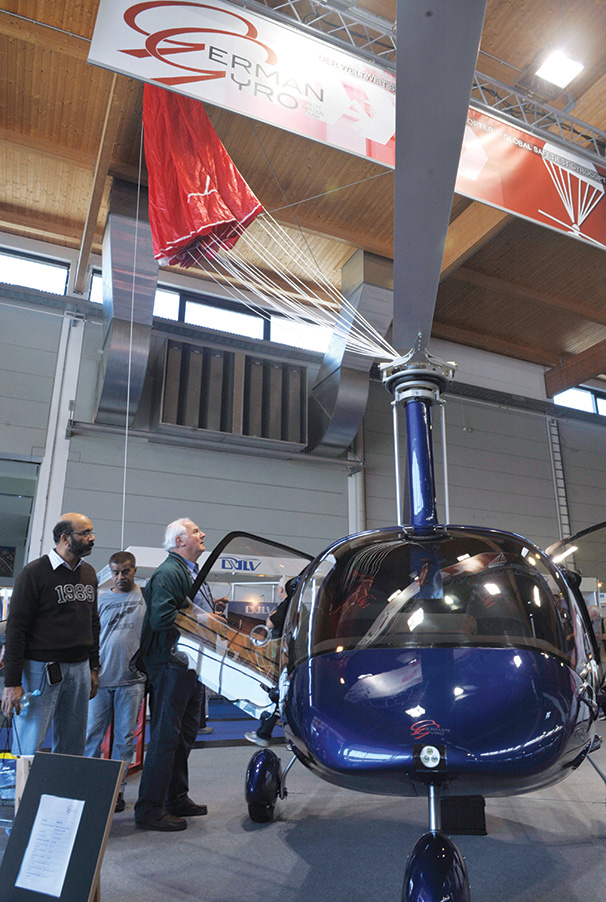
Ballistic parachute recovery systems typically don’t work on rotorcraft because the rigging can get caught in the big, spinning thing on top during deployment. German Gyro Safety Aviation GmbH solved the problem by building the ballistic parachute into the rotor mast itself. Perhaps someday this feature will be readily available in kits.
But getting trained and rated for helicopters or gyroplanes is an important consideration when considering purchasing a rotorcraft or rotorcraft kit. Training is important enough that it should find its way up to near the top of your aviation to-do list. It’s not only important because you need to learn to fly to be able to fly. (Sorry, some people still honestly need to be told that!) But learning to fly the kind of aircraft you want to build makes you a better aircraft kit purchaser and builder. While your flight training may not make you as intimately familiar with rotorcraft systems as a mechanic or an experienced builder, you can certainly learn a lot more than if you just look at brochures or kick tires at fly-ins.
Amateur Building
If you know that you are going to build a rotorcraft, you will probably be motivated to observe a lot more of the construction details on your training aircraft as you go through your flight training. And if you get an instructor who has already built an aircraft or two themselves—which is very common in the gyroplane world in the USA—you can learn a lot more about aircraft assembly as you learn to rotorcraft about in the pattern.
Did the crazy author just say “aircraft assembly”? Doesn’t he mean “fabrication and assembly”?
Nope, the crazy author just mentioned assembly. That seems to still be news to some Experimental/Amateur-Built builders, but the new FAA 51% checklists allow for pure assembly of gyroplanes and helicopters by kit builders. That is an acknowledgement that with rotorcraft—unlike airplanes—there are very few things to actually fabricate that are reasonable for amateurs to take on. The biggest example is the wing. An airplane kit builder can dedicate a lot of time to building a wing since it has a lot of little and not-so-little parts. Rotors come prebuilt and are often complex composite pieces. By the way, they are complex composite pieces that are required to move 300 miles per hour through the air in order to generate lift!

The Magni M24 is an enclosed aircraft with side-by-side seating. The one pictured was used by law enforcement as an inexpensive aviation asset.
So while there is nothing saying that an amateur builder can’t fabricate parts, there is nothing saying that a kit builder is required to anymore. In fact, the checklists do continue to reward points for items fabricated by the owner; it is just that there are a few more assembly tasks on the checklist than there are fabrication tasks. I believe this may be an acknowledgement that many of the safe, modern gyroplane designs coming from Europe really can’t be flown here unless they are built and certificated under the Experimental/Amateur-Built rules. Since those designs are normally offered completely factory built in the old country, they have to be somewhat un-engineered to allow for owner assembly and ultimate certification in the U.S. market.
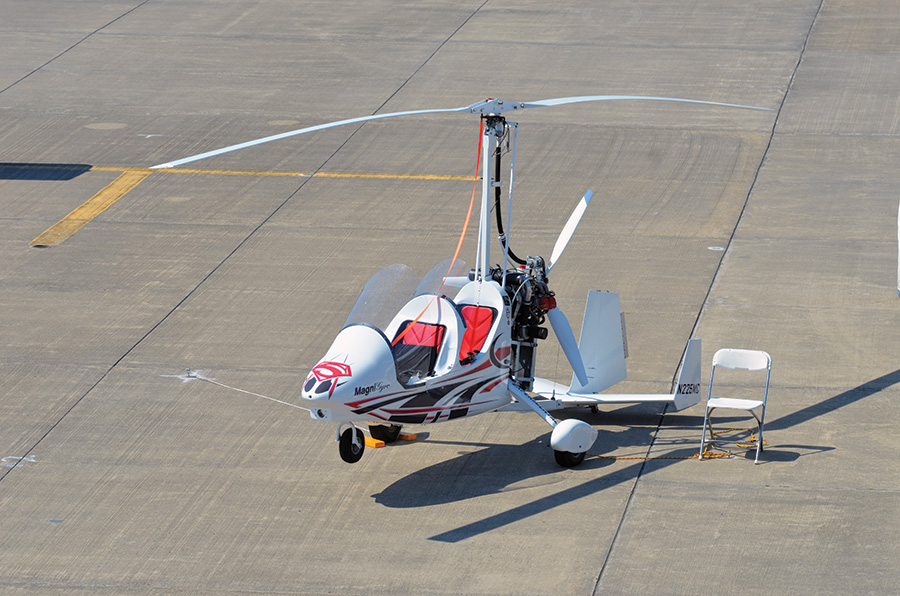
The Magni M16 continues to be the most popular gyroplane Magni offers in the United States. Several aircraft have been sold over the years and the kits are well supported by the importer. Rotax 912 and 914 engines are popular powerplants.
As an observer of this issue for a while, it seems that the situation is an example of one part of the FAA acknowledging and solving a problem that another part of the FAA—namely the Rotorcraft Directorate in Fort Worth, Texas—refuses to deal with. The Texas crowd doesn’t seem to like gyroplanes, doesn’t want to deal with gyroplanes, and has done an amazing job of impeding safety and growth of gyroplanes in the United States for at least a decade by not allowing them in under the Light Sport Aircraft rules.
Our little detour into the Amateur-Built rules hopefully helps you understand a couple of things. First, you don’t have to be a machinist, an A&P mechanic, or a mechanical engineer to build a gyroplane or even a well-designed helicopter kit. Of course, all of that would probably help a lot, but if you can read instructions and focus on the steps that are presented to you, you aren’t going to have to purchase a lathe, an end mill, or even an air compressor—although every man really needs at least one air compressor!
The other thing you should understand is that in order to own a brand-spanking-new gyroplane, you are going to have to crack open an assembly manual. Sorry, that is just the way it is. But instead of years of work, you are measuring the time spent assembling in weeks, probably less than a month for a gyroplane. Yes, it will be longer for a helicopter with that driven rotor.
The shorter build time is another reason to seek training early. It isn’t like your pilot skills will have that long to atrophy while you are building your kit. The assembly project should move fast. When you finish, you won’t want to do your own first test flight anyway. Whoever is test-flying your new aircraft can help you brush up on your piloting skills before you begin flying off your Phase I test time.
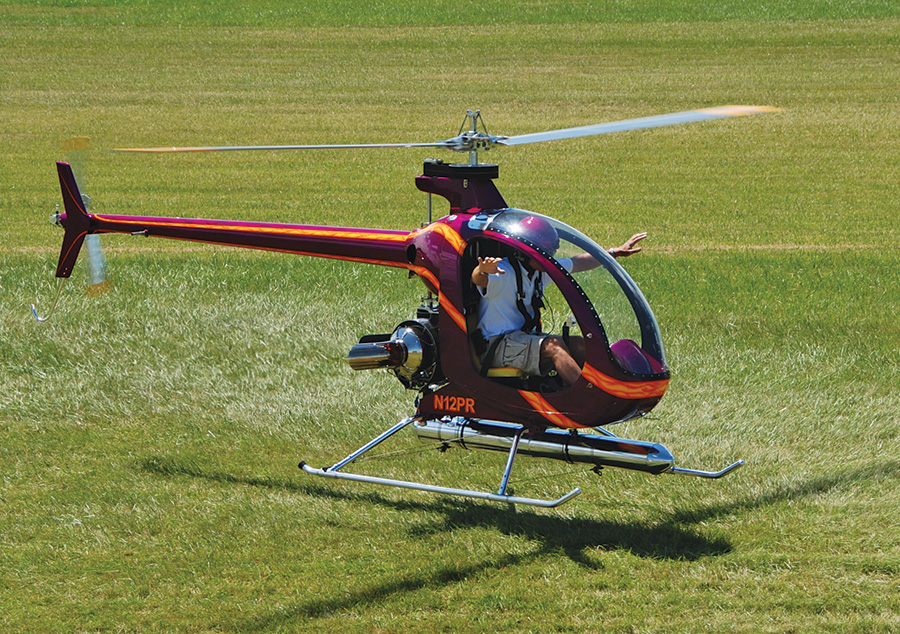
Yes, you can build a jet-powered Mosquito helicopter. Learning to fly it hands free may take a little while longer.
Strategies for Training
Normally, the best advice I can give for learning to fly an aircraft is to go right to it. If you want to learn to fly a gyroplane, then by all means learn to fly a gyroplane. That is especially true for someone just getting into aviation. If you know that helicopters are what you want to learn to fly, learn to fly helicopters. I know that sounds blazingly obvious, but I’ve had people call me up wanting to learn to fly powered parachutes first so they can transition under the Sport Pilot rules to another category of aircraft. Yes, the rules allow it, but you are normally better off financially and training-wise to go after your primary goal first.
But there are quirks in the rules that make the blazingly obvious route not always the best route. Let’s explore the quirks:
Sport Pilot
The very first quirk in the rules has to do with the Sport Pilot rules. Normally, to become a Sport Pilot for gyroplanes takes a total of 20 hours of training. Fifteen of those hours are dual and five are solo. However, if someone already has a Sport Pilot or higher rating in another category, there are no minimum hours for the transition. That’s right; there are no minimum hours! Of course, not assigning a number of hours to the minimum amount of training required doesn’t mean that, in fact, no minimum amount of actual training is required.
Potential transitioning gyroplane pilots still have to meet the practical test standards. This is even though a transitioning pilot technically isn’t taking a practical test. However, the “proficiency check” that pilots need to take from a second gyroplane-certificated flight instructor (the first flight instructor is the one that did the actual training) is going to guarantee that the pilots meet the minimum standards. This may be the most beautiful aspect of Sport Pilot; instead of arbitrary minimum hours that are too much for quick learners and too little for slow learners, the rating is obtained based on actual results determined in practical testing. It’s brilliant!
There being no minimum hours for pilots transitioning to gyroplanes under Sport Pilot holds another benefit for pilots, and that is no solo requirements. Most gyroplanes used for instruction are Experimental aircraft operating under Letters of Deviation Authority, which allow them to be used to provide dual training. However, those same LODAs don’t allow flight instructors to rent out their machines to soloing students. A flight instructor could lend his training aircraft to a student, but that can be a big risk since insurance—or the lack thereof—gets into the picture. Convincing a flight instructor to lend his aircraft to a freshly soloing student with no insurance coverage is something of a hard sell. But transitioning Sport Pilots don’t have to worry about it.
The bottom line is that the gyroplane Sport Pilot transition is probably the easiest path to getting legal. It follows that if you are almost done with an airplane, trike, or any other rating when you get bit by the gyro bug, it may save you time, money, and hassle by getting that first rating first and then doing the transition. That is because time in another category and class of aircraft does not apply towards the solo and dual training requirements for an initial Sport Pilot gyroplane rating.
Unfortunately, there is no helicopter Sport Pilot rating. Helicopters are considered too complex for the simple Sport Pilot.
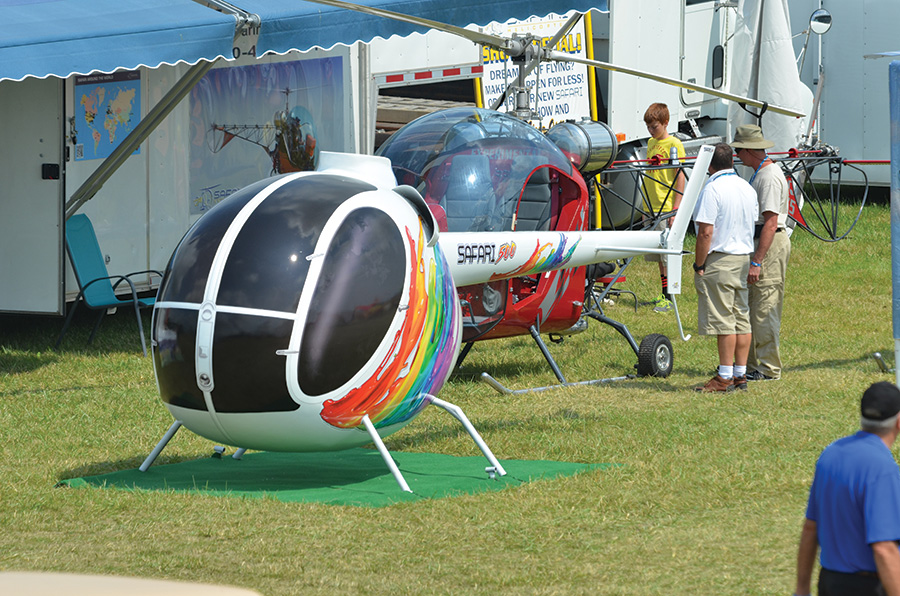
Safari Helicopters showed off a new prototype composite airframe at AirVenture 2013. Mosquito introduced a composite prototype of their own at Sun ‘n Fun 2013
Private Pilot
There are a few things that a Private Pilot rated for gyroplanes can do that Sport Pilot gyro pilots can’t. For example, a Private Pilot can fly at night with a properly equipped gyroplane. A Private Pilot can also fly three-place and greater gyroplanes, even though none are currently commercially offered. A Private Pilot can also fly above 10,000 feet and can fly heavier and slightly better equipped gyroplanes. Better equipped? Think in-flight adjustable propellers and turbocharged engines. You can also think retractable gear and pressurized cabins, but I really wouldn’t advise it since, again, those features really aren’t available.
That said, the difference in dual time required between Sport Pilot training and Private Pilot training is only five hours (15 hours for Sport and 20 for Private). If you are a slow learner like me, you may get close to 20 hours while working on the Sport rating. If so, the Private rating may be something on the menu that doesn’t cost much more and is calorie free.
The road to obtaining a Private Pilot rating for gyroplanes has its own twists in the road. For example, getting to a designated pilot examiner after your training is complete is going to be a challenge since there are only one or two in the entire country. Also, if you think a Private Pilot rating is in your future, you better make sure your instructor is a Subpart H flight instructor. Dual time from a Subpart H instructor may be the only gyroplane time that can be applied to some of the gyroplane training requirements. The rules are a little misty there, and you probably don’t want to take chances. There are more and more Sport Pilot CFIs for gyroplanes out there, but not all of their training counts towards higher ratings.
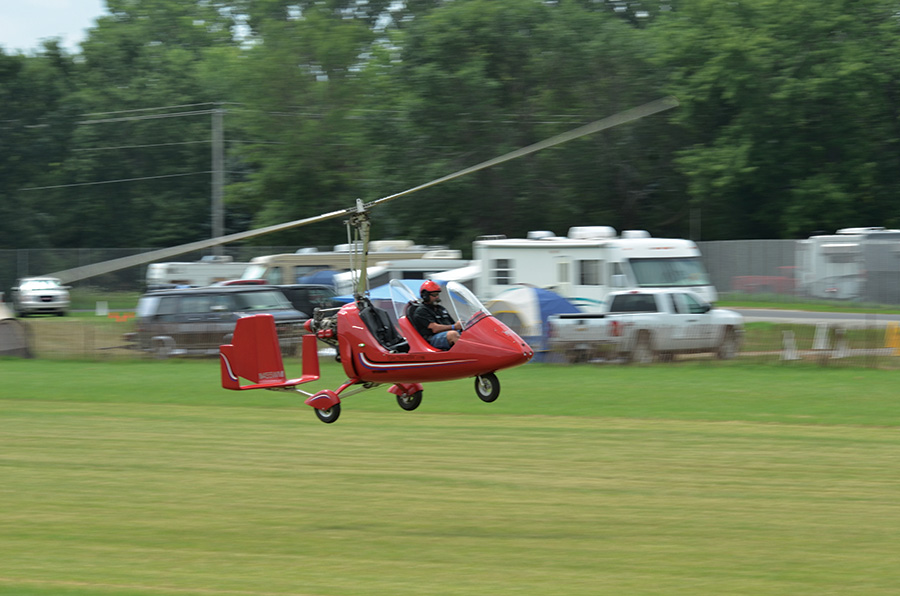
AutoGyro USA offers three models of gyroplanes built by AutoGyro GmbH. Pictured here is their MTO Sport.
So what time counts and what doesn’t? Of the 20 hours dual and 40 hours total, any time in any aircraft with an authorized instructor counts. That is great news if you have a logbook with some dual, and perhaps solo time, you earned earlier in your flying career. That is far different from the Sport Pilot rule that says all time has to be with a gyroplane flight instructor or in a gyroplane.
Still, the FAA isn’t going to let you get away without some gyroplane time! Here is what is required in a gyroplane:
• 3 hours of cross-country flight training.
• 3 hours of night flight training (1 of those hours cross-country).
• 3 hours of flight training in preparation for the practical test.
• 10 hours solo flight in a gyroplane.
Even in the above list, you can mix and match time. For example, it is completely possible to combine at least some of the three sets of three hours so that, instead of nine total hours in a gyroplane, the time is brought down to something like four or five hours of dual. But don’t plan the cheap way out. You will probably need a good eight to ten hours of training to get used to some very different systems from airplanes.
Lest you think we have forgotten about helicopter requirements, remember that those requirements are the same as for gyroplane, minus the caveats about Sport Pilot instructors, since there aren’t any Sport Pilot helicopter instructors.
And finally, there are ultralight gyroplanes and helicopters. Since there are no ratings required for flying ultralights, there are no minimum times. However, it is good to get advice from the manufacturer regarding training times and recommended flight instructors.
While shopping for the hardware is probably the most fun part of getting into a new hobby, you really need to take care of a lot of other details. Training is a big deal, especially since that is probably the one thing you are going to have to devote the most time and travel to obtaining.
Where To Go From Here
If you are ready to fly rotorcraft, a good next step is to visit the Rotorcraft Buyer’s Guide on the KITPLANES® web site and see everything that’s available.
You can visit manufacturer and importer web sites from there to learn even more about specific aircraft. But most important, once you have thinned down your list of possible aircraft, it is time to ask manufacturers and importers about whom they recommend for training. They have an interest in sending you to a good and safe instructor. It’s more than just getting a nice flight, though. It’s even more than logging dual training time. It’s also an important part of the shopping and building process.

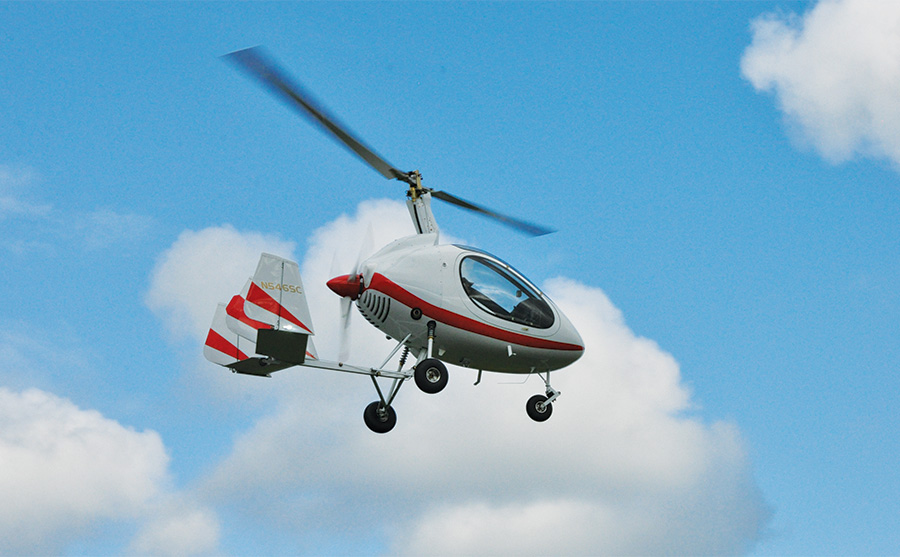

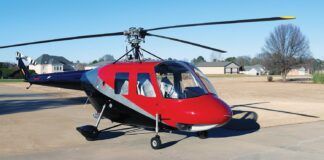
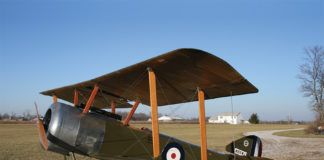
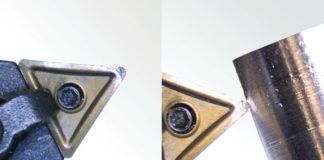
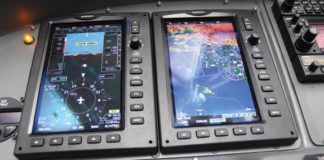
Great article. I wish Kitplane would update this article with annual Rotorcraft Buyer’s Guides.